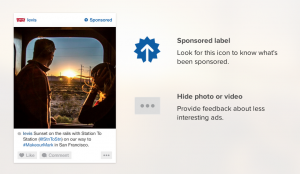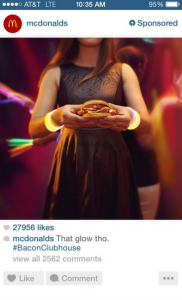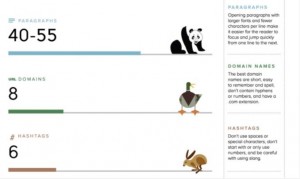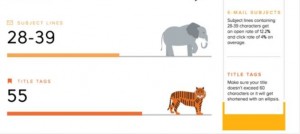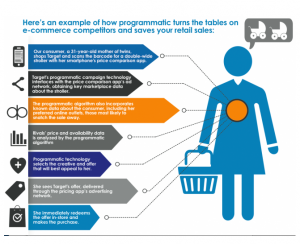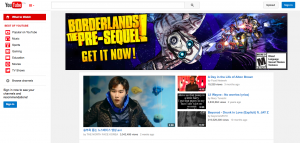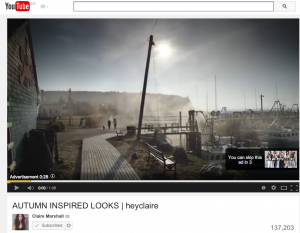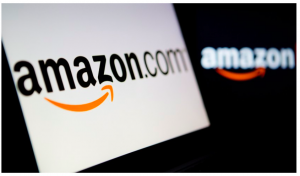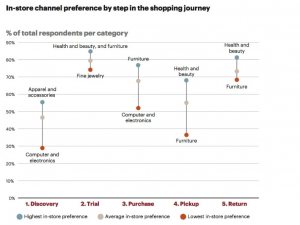Yesterday, I got my first Instagram sponsored ad by Instagram themselves as I was scrolling through my newsfeed. I knew it was coming since it officially launched last year and I honestly thought I would be bothered by it.
Instagram is by far my favourite social media channel; it’s quick, visually appealing and easy to browse and discover new users. On top of that, a bonus is that it was ad-free until now. With this new addition so far, I can say that it doesn’t effect me as much as I thought it would. Coming from a marketing perspective, I’m actually excited to see the ads that roll out on Instagram directed and almost controlled by me. Take a look at how Instagram plans to tailor ads to your individual tastes and preferences. Similar to Facebook, if you don’t like the ad, tell Instagram and you’ll never see it again!
With that being said, I haven’t been exposed to the addition of ads too much so I still have a fairly clutter-free newsfeed. Instagram also introduced video ads recently. This, on the other hand, may be an issue because videos, of course, require a little more attention. However, on a platform like Instagram, this is easily avoidable I would guess since you can just continue scrolling to stop the video if you wanted to unlike YouTube, for example, which requires you to watch at least the first part of a video clip. The challenge here with companies is to create an enticing video considering the 15 second time slot. Not only that, I would say the first couple seconds are critical form me personally because I’m go through my newsfeed quickly.
In a more negative perspective, McDonalds has received negative feedback from their cheesy Instagram campaigns so even though it’s simply just a photo and caption with some hashtags, there’s definitely strategy to it. To combine with the theme of analytics we discussed in class this week, Adweek discusses some pretty interesting Instagram data that plays into brand strategy and overall engagement for brands.
I’m going to hope that Instagram gradually introduces ads so users can slowly become immune to them and not frustrated from cluttered newsfeeds. As it continues to be my favourite social media channel, I’m really interested in what to expect content wise from brands trying to target me!

